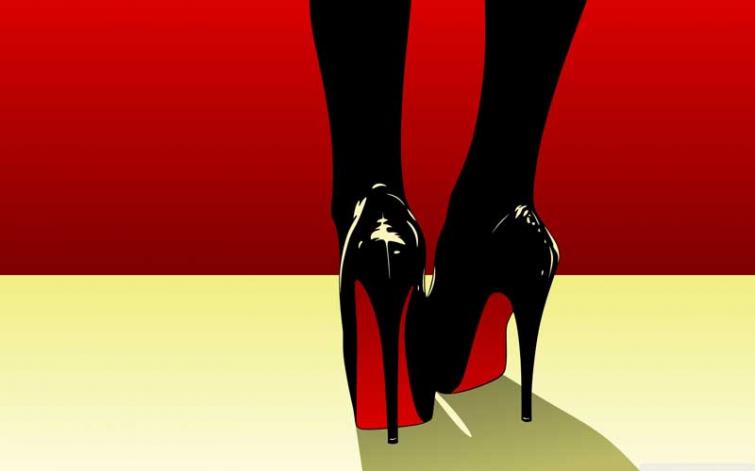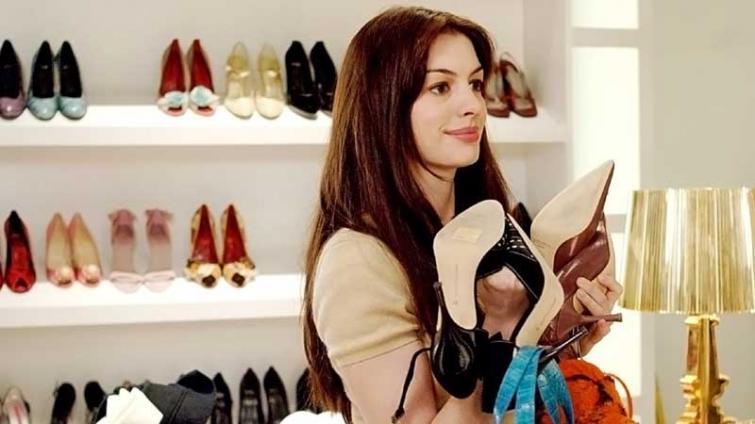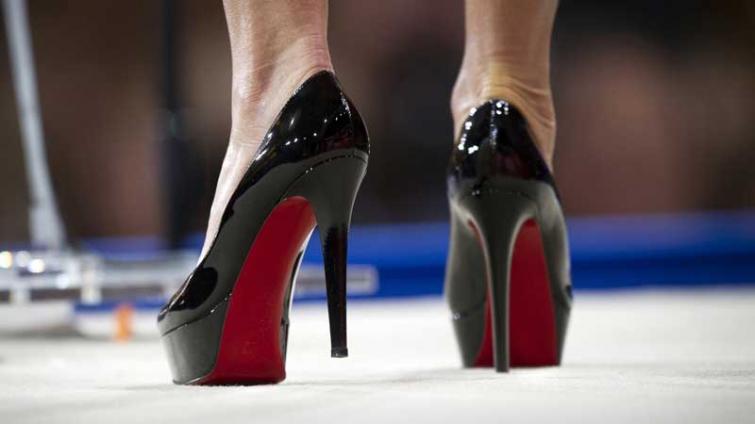
Should women, in this age, be forced to wear high heels, however uncomfortable it may be, citing ‘corporate culture? The jury is out following a protest campaign by women in Japan recently. What is the view in India with a high number of women working in the corporate sector today? Madhumita Mookerji probes
Is it mandatory for women to wear high heels at workplace? A raging debate has been going on in Japan where actress and writer Yumi Ishikawa submitted a petition to the country’s labour ministry complaining against an employer-imposed diktat that makes high heels a part of women’s dress code in office.
Apparently, this has been a simmering dissatisfaction among the Japanese women working in the corporate sector . Otherwise why did the petition amass more than 23,000 signatures, as per media reports, within a short time? In fact, the campaign received support from the social media in a #KuToo hashtag in a take-off on the #MeToo movement with a pun on the Japanese words for shoe – ‘kutsu’, and pain – kutsuu.
This is the latest on this issue what started in 2015 as Nicola Thorpe, a receptionist at finance firm PwC in London, was sent home without pay in December, 2015, for wearing flat shoes to work. Thorpe dug in her heels, literally, and started an online campaign that gathered more than 152,400 signatures, as per media reports, and it even figured in the Parliament debates pressurising the government to review workplace dress codes.
But the government said laws in place were already “adequate” to deal with discrimination on gender grounds – a decision that Thorpe, who had been directed to wear 2-4 inches of heels to work, called “a cop-out”.
The British government also rejected proposals from women to outlaw companies from forcing their women employees to wear high heels to work.
Restrictions have been on women’s attire for ages, including heels. One can recall the old Chinese custom of feet-binding so that women would have dainty feet. Remember the film The Good Earth based on Pearl S. Buck’s story when you see the newly married O-Lan finding it hard to keep up with her husband on the village road because her feet could not carry her fast enough? But living in this so-called scientific and progressive age as today, forcing women to wear high-heels at workplace when women have to walk around umpteen times, and not a fashion-show ramp mind you, they seem out of sync indeed.

Set by the heels
High heels and stilettos have been intrinsic to the attire of the well-heeled and the fashion conscious for some time now. But for some, they could be their Achilles heel too, pun intended. It involves the issue of choice too. She may like to add a few inches to her height by wearing high heels, but the moment the powers that be issue a dress diktat, those same pair of heels take that society a few steps back into regressive gender politics.
Says Ruchira Goswami, teacher at the National University of Juridical Sciences (NUJS), Kolkata, that not only the archaic tradition of Chinese feet binding but certain stories that children grow up with, that of Cinderella and her lost slipper, for instance, also basically have to do with keeping women in a bind figuratively. The material out of which Cinderella’s slipper was made, glass, itself is also symbolic of the most fragile world that women inhabited, which could easily break into splinters any moment, leaving her vulnerable and exposed to male whim and fancies.
In most cultures, she points out, feet are associated with mobility and we use the word ‘feet’ in many metaphorical ways – standing on one’s feet, for instance. Our feet are what make us active, give us mobility and independence. “Our feet cannot be judged in isolation from the rest of our bodies. But sexual politics runs in such a way that it objectifies the woman and her feet,” she says, adding, “Society generally doesn’t want women to be mobile and wants to bind them up and then it tries to justify itself by saying that the restriction is for beauty or a necessary attribute of workplace wear.”
Of course, Goswami admits, “You can’t take away the fashion aspects of high heels, whether in the form of stilettos or block heels. But still it’s a diktat, an imposition and the fact that you are making it part of a dress code where the woman doesn’t have an option to choose.”
A Kolkata-based psychologist says that “It’s all about beauty in the eye of the beholder. Men and women have different walking gaits. Female feet and the various ways to clad them have always been under the male scanner because certain types of shoes make the female gait even more attractive, at least to the male gaze.”
Says Bulbul Baksi, a counsellor in Kolkata, “There has been research indicating that heels increase attractiveness of women to men. It may be assumed that this is one of the key reasons why they are being mandated to wear heels to work in some countries or industries. It goes without saying that this commodifies the woman employee and reinforces the notion that women should be sexually attractive to be worthy professionals.”
She also likes to focus on another aspect of commodification. “Both men and women, as a mere means to an end, without regard to their own well-being, have long defined some kinds of corporate cultures. Men having to wear a tie and even a three-piece suit in summer in tropical countries, whether or not they want to, is another example.”
This, Baksi points out, closes doors on exploring options and diversities and therefore contributes to creating a monolithic society where differences are less tolerated. Perhaps more importantly, it teaches us not to be empathetic. “As we experience a society that has no empathy for us and enforces compliance at any cost, we are likely not to value empathy as a desirable attribute.”
The first complaint about high heels registered in The Times newspaper appeared in 1873 and it came from men! The soldiers were required to wear high-heeled boots and it led to “many blistered feet” and induced “a most ungainly walk and ungraceful carriage.”
Ironically, India, known for keeping its women in a bind for ages, has not really played gender politics with their feet, which gives them enough room to put up their feet. “That may be because sarees are regarded as formal wear and whether high heels or flats, both can be accessorised with the nine-yard drape,” Baksi observes.
A woman vice-president for an MNC in Kolkata, speaking on condition of anonymity, says: “I often attend high-level meetings. I do wear black shoes but not necessarily high heels. The flat shoes look equally formal. I don’t see the necessity of wearing high heels. It’s not fair to impose such dress codes on women which make her feel uncomfortable.” While travelling, she comes across women employees working in airlines and hotels in constricting high-heeled shoes and makes her wonder how difficult it must be for them being constantly on their feet. “It would make so much more sense to allow them to wear flats,” she feels.

Heal thyself
Meanwhile, good things are happening with the rise in protests against the ‘heel dress code’. The Canadian province of British Columbia has banned dress codes which require women employees to wear high heels to the workplace. The local government has ruled that such requirements are a health and safety issue.
Doctors have been warning against the health hazards of constantly wearing high heels. These include lower back ache, sore calf muscles, overall muscle pain and spasms and feet pain due to change in the walking gait, especially at the ankles and big toes, and damage to toe nails, apart from other risks.
Most women feel their feet should be left alone. Society, heal thyself!
Support Our Journalism
We cannot do without you.. your contribution supports unbiased journalism
IBNS is not driven by any ism- not wokeism, not racism, not skewed secularism, not hyper right-wing or left liberal ideals, nor by any hardline religious beliefs or hyper nationalism. We want to serve you good old objective news, as they are. We do not judge or preach. We let people decide for themselves. We only try to present factual and well-sourced news.







